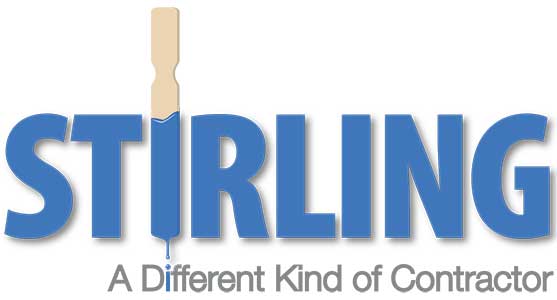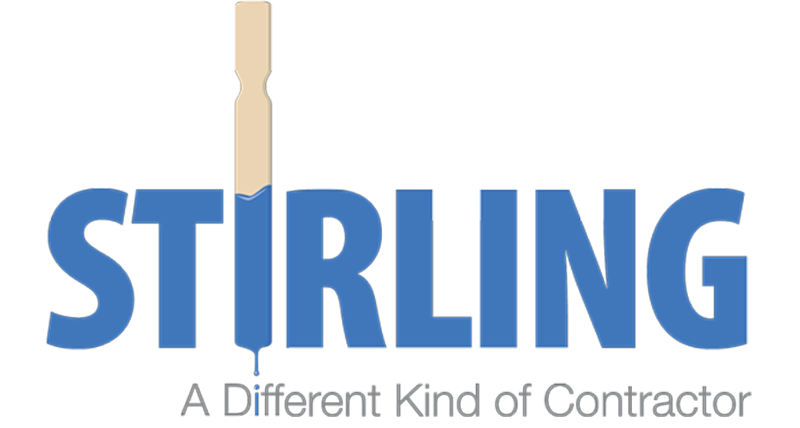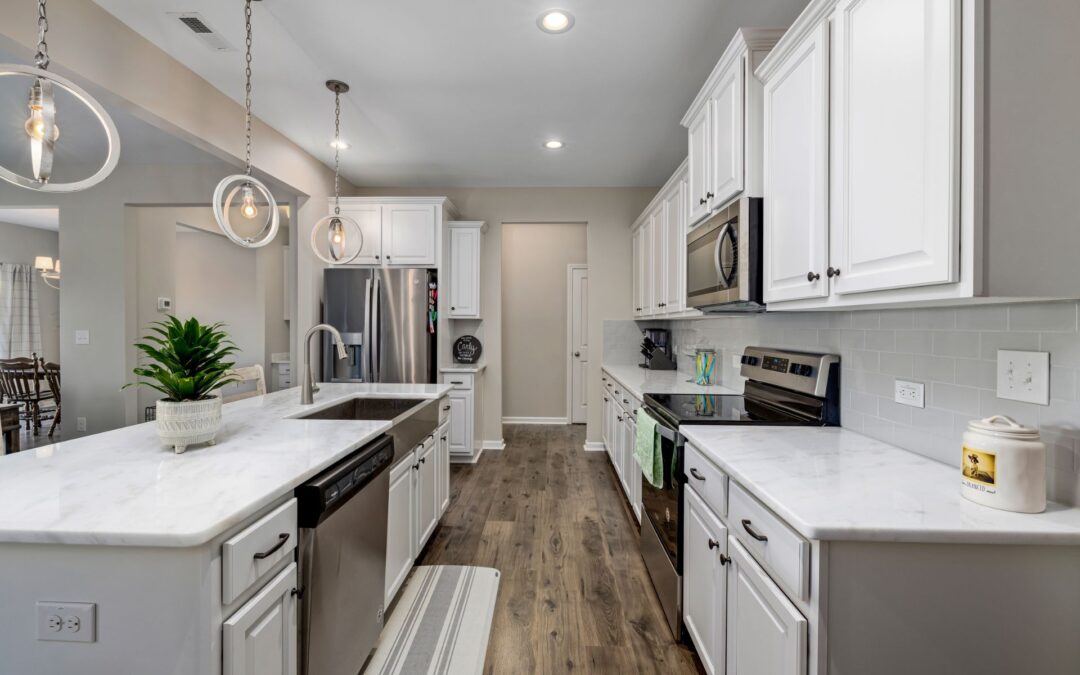A kitchen remodel is one of the most rewarding home improvement projects you can undertake. It can transform the look and functionality of your home while also boosting property value. However, a successful kitchen remodel requires careful planning and consideration. Before you dive into the renovation process, here are five major things to consider to ensure your kitchen remodel goes smoothly and yields the results you desire.
1. Establish a Realistic Budget
One of the first steps in any remodeling project is setting a budget. Without a clear budget, it’s easy for costs to spiral out of control, leaving you with an unfinished kitchen and a drained bank account. Decide how much you’re willing to invest and factor in all potential expenses, including materials, labor, and unforeseen costs.
Key cost factors:
- Cabinetry: Custom cabinetry can be one of the most expensive elements of a kitchen remodel.
- Countertops: High-end materials like granite or quartz are popular but can add significantly to the cost.
- Appliances: If you’re upgrading to energy-efficient, modern appliances, these can represent a sizable portion of your budget.
- Contingency: Always set aside about 10-20% of your budget for unexpected issues, like plumbing or electrical work.
Pro tip: Prioritize your spending on items that offer long-term benefits, such as quality appliances and durable materials, and find areas where you can save, like opting for semi-custom cabinetry instead of fully custom options.
2. Think About Functionality and Layout
While aesthetics are important, the functionality of your kitchen is equally critical. You need a layout that facilitates movement and makes cooking and food preparation easier. One of the most efficient layouts is the “kitchen triangle,” which refers to the placement of the sink, stove, and refrigerator. This arrangement creates a smooth workflow and helps reduce unnecessary movement while cooking.
Popular kitchen layouts:
- L-shaped kitchen: Ideal for open-concept spaces and offers flexibility with an island.
- Galley kitchen: Great for small or narrow spaces where every inch counts.
- U-shaped kitchen: Perfect for maximizing counter space, especially in larger kitchens.
- Island kitchens: Adding an island provides extra prep space, storage, and seating, and can serve as a gathering spot.
Pro tip: Work with a kitchen designer to ensure your layout not only looks great but also functions efficiently based on your cooking habits and lifestyle.
3. Choose the Right Materials
The materials you choose will have a significant impact on the durability, functionality, and appearance of your kitchen. Select materials that are not only visually appealing but also practical for daily use.
Countertop materials:
- Granite: Durable, heat-resistant, and available in various colors and patterns.
- Quartz: Low-maintenance and stain-resistant, quartz offers a sleek, modern look.
- Marble: Luxurious and elegant, but it requires more maintenance due to its porous nature.
Cabinet materials:
- Solid wood: A durable, high-quality option that can be stained or painted to your preference.
- MDF (medium-density fiberboard): Less expensive but still provides a smooth finish for painted cabinets.
Flooring options:
- Hardwood: Timeless and warm but can be susceptible to water damage in the kitchen.
- Tile: Durable and easy to clean, making it a practical choice for kitchens.
Pro tip: Opt for materials that suit your lifestyle. If you have a busy household, prioritize materials that are durable and low-maintenance.
4. Consider Lighting
Lighting plays a key role in the overall ambiance and functionality of your kitchen. A well-lit kitchen makes food prep safer and easier, while also enhancing the aesthetic appeal of the space. You’ll need to layer different types of lighting to meet various needs, including ambient, task, and accent lighting.
Types of lighting:
- Ambient lighting: General lighting that brightens the entire kitchen, typically through overhead fixtures like recessed lights or chandeliers.
- Task lighting: Focused lighting for specific areas like countertops, sinks, or kitchen islands. Under-cabinet lighting is a popular choice for task lighting.
- Accent lighting: Used to highlight features such as cabinetry, artwork, or architectural details. Pendant lights over an island or strip lighting under cabinets can add elegance to the space.
Pro tip: Include dimmer switches in your lighting plan so you can adjust the brightness to fit different activities and moods.
5. Focus on Storage Solutions
No one ever complains about having too much storage in their kitchen! Ensuring you have ample, well-organized storage is key to maintaining a clutter-free, functional kitchen. Consider innovative storage solutions that maximize space and make everyday tasks more convenient.
Storage solutions to consider:
- Pull-out pantry shelves: These make it easy to access items stored deep in the back of your pantry.
- Deep drawers: Ideal for storing pots, pans, and larger kitchen appliances.
- Lazy Susans and corner cabinets: Help make use of awkward or hard-to-reach areas.
- Drawer dividers: Keep your utensils, knives, and gadgets organized.
Pro tip: Customize your storage based on your specific needs. Think about your cooking habits and the types of items you use most frequently.
Conclusion: Plan Ahead for a Successful Kitchen Remodel
A kitchen remodel is an exciting opportunity to create the space of your dreams, but it requires thoughtful planning and decision-making. By establishing a budget, designing a functional layout, choosing durable materials, focusing on lighting, and incorporating smart storage solutions, you’ll set the stage for a kitchen that not only looks stunning but also works efficiently for your everyday needs. With careful consideration of these five key elements, you can ensure that your kitchen remodel is both successful and stress-free.



Recent Comments